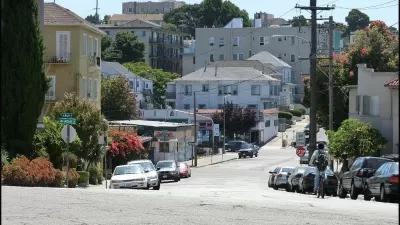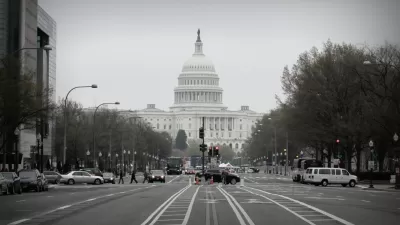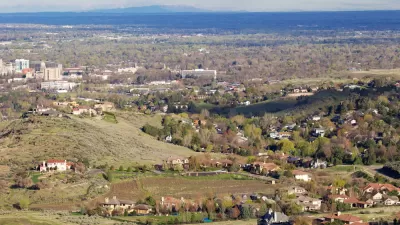The city that invented single-family zoning in 1916, for discriminatory purposes, will completely remove that exclusionary legacy from its zoning code.

The Berkeley City Council, the very first city in the United States to implement single-family zoning, now commonly referred to as exclusionary zoning, has voted to completely upend that legacy.
By a unanimous vote of 9-0, the Berkeley City Council last night decided to end single-family zoning citywide, the latest in a string of U.S. cities to reform the planning and zoning status quo. Earlier this year, Sacramento approved similar actions. Berkeley Councilmember and Vice Mayor Lori Droste, along with councilmembers Terry Tapli, Ben Bartlett, and Rigel Robinson, authored the ordinance, which moved quickly after first being introduced at the beginning of February.
"In 1916, single-family zoning was born in Berkeley’s Elmwood neighborhood, forbidding the construction of anything other than one home on each lot. At the time, an ordinance stated that its intent was to protect 'the home against the intrusion of the less desirable and floating renter class,'" reports Sarah Ravani in an article that preceded a late-night vote on February 23.
The vote follows on the heels of several significant planning reforms in recent months. In December 2020, the city "approved rezoning the Adeline Street corridor and even added an extra floor of height to what builders could do there. The plan allows 1,450 new housing units, about half for low-income families in an area that was once a thriving Black, working-class community, but has become increasingly white as the high cost of housing has driven out many families."
And in January, the City Council voted to eliminate parking requirements for almost all residential properties in the city.
The vote only starts the process of updating the city's zoning code to eliminate zoning, a prices expected to be complete by December 2022. Then, of course, the new regulatory regime and the market will require time to shows effects of the change in the city. As made clear by Councilmember Droste during the hearing, even after the zoning changes, single-family housing will still be permitted in much of the city—it just won't be the only kind of housing permitted. (The city of Minneapolis, with a head start on a similar process, recently reached the crucial concluding phase of a similar zoning reform process.)
FULL STORY: Berkeley considers ending single-family zoning by December 2022: A 'big deal'

Planetizen Federal Action Tracker
A weekly monitor of how Trump’s orders and actions are impacting planners and planning in America.

Congressman Proposes Bill to Rename DC Metro “Trump Train”
The Make Autorail Great Again Act would withhold federal funding to the system until the Washington Metropolitan Area Transit Authority (WMATA), rebrands as the Washington Metropolitan Authority for Greater Access (WMAGA).

DARTSpace Platform Streamlines Dallas TOD Application Process
The Dallas transit agency hopes a shorter permitting timeline will boost transit-oriented development around rail stations.

Parks: Essential Community Infrastructure — and a Smart Investment
Even during times of budget constraint, continued investment in parks is critical, as they provide proven benefits to public health, safety, climate resilience, and community well-being — particularly for under-resourced communities.

Porches, Pets, and the People We Grow Old With
Neighborhood connections and animal companions matter to aging with dignity, and how we build can support them. Here’s a human-scale proposal for aging in place.

Single-Stair Design Contest Envisions Human-Scale Buildings
Single-stair building construction is having a resurgence in the United States, where, for the last several decades, zoning codes have required more than one staircase in multi-story housing developments.
Urban Design for Planners 1: Software Tools
This six-course series explores essential urban design concepts using open source software and equips planners with the tools they need to participate fully in the urban design process.
Planning for Universal Design
Learn the tools for implementing Universal Design in planning regulations.
City of Charlotte
Municipality of Princeton
City of Camden Redevelopment Agency
City of Astoria
Transportation Research & Education Center (TREC) at Portland State University
US High Speed Rail Association
City of Camden Redevelopment Agency
Municipality of Princeton (NJ)





























